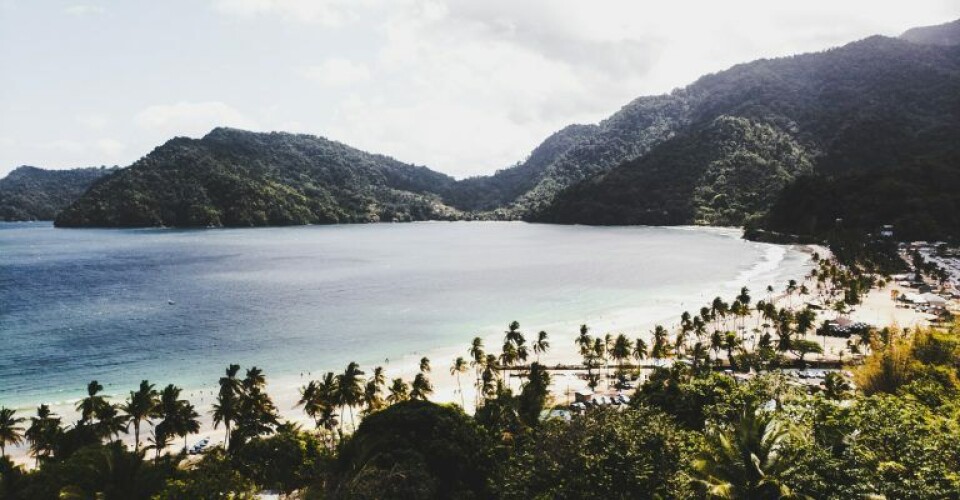Trouble in paradise

The island nation of Trinidad and Tobago has become an unlikely hotspot for piracy and jihadism.
Marc Allen, Maritime Direct UK
Crystal-clear waters, white sands, and fruit ripe for the picking on nearly every branch. That’s the holiday-brochure image that many people see when they think of Trinidad and Tobago (T&T); an emerald jewel set in a shimmering sea.
The reality is unfortunately very different. T&T now lies at the centre of a whirlwind of narcotics, people smuggling and gun-running, and has emerged as the unlikely epicentre of Caribbean Islamic extremism. Stable Seas reports that the issue has become so critical that it threatens stability in the region and has drawn the attention of the US Southern Command.
The threat has been underestimated for many years but flared most publicly in February 2018, when a joint force of US and Trinidadian security forces was able to pre-empt a terror attack on the islands’ annual Carnival celebrations.
Deep roots
There is a long history of radicalisation on the island and this, combined with security threats emanating from nearby Venezuela and widespread domestic crime, means that the entire region has slid from being a safe, tropical paradise, to a virtual no-go area.
Jihadism in the islands has roots going as far back as the ’80s. In 1990, 42 members of Jamaat al Muslimeen (JAM) stormed parliament in a coup attempt, killing 24. In the years following the attack, JAM morphed into a criminal organisation and involved itself in the arms trade, drug smuggling, money laundering, extortion, and kidnapping.
Islamic terrorism then appeared to lay dormant, but during the Islamic caliphate years, T&T had the highest rate of ISIS foreign-fighter membership in the Western Hemisphere, and prized for their English-language skills, T&T fighters often rose to positions of prominence. According to US Ambassador, John L. Estrada, they were well-regarded as members of Islamic State, and now several experts have voiced concern that returning fighters may be inspired to conduct attacks locally, and that the existing maritime-centric criminal networks will provide a fertile environment for seaborne crime.
A dangerous mix of factors
In 2015, the T&T Police Force estimated there were 147 active gangs on the islands. Many have Islamic ideologies and have returned from fighting in Syria, bringing with them battlefield and terrorist skills. The porous sea borders in the region, the fact that arms and drug trafficking from Venezuela is rife, and an underestimation of the threat by regional powers, mean that the area is a veritable cauldron of potential trouble.
The sea has played a crucial role in the evolvement of the security situation in the Southern Caribbean and the majority of weapons used in the 1990 coup came via ship from Florida. Security experts in Trinidad believe that weapons enter the country hidden in commercial cargo and a lively new arms trade has sprung up with neighbouring Venezuela, where many are willing to trade firearms in exchange for food and medicine.
To make matters worse, as Venezuela has descended into chaos, drug runners see T&T as an alternative route to market. In May 2019, police arrested the leader of the notorious Evander gang in Port Fortin, Trinidad. The gang has established itself along the coast of Venezuela in recent years and has a reach that extends to Trinidad and beyond. With ports widely dispersed and poorly secured, the entire region is susceptible to illegal activity, and serious crime is probably under-reported say, analysts.










